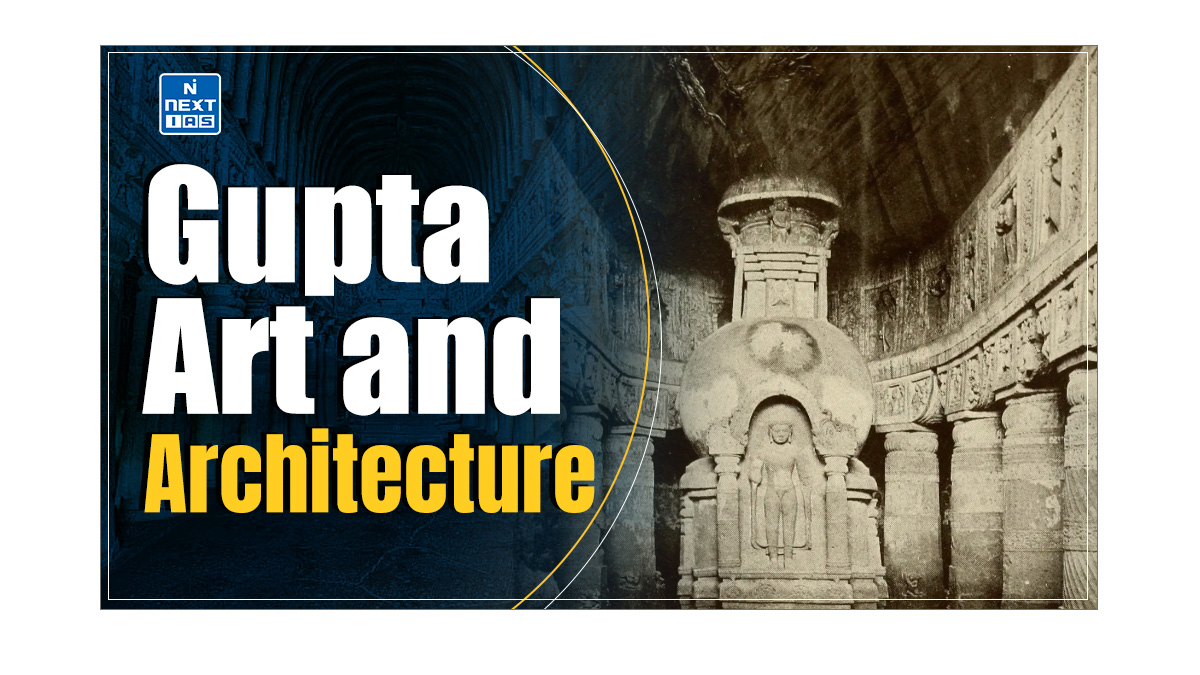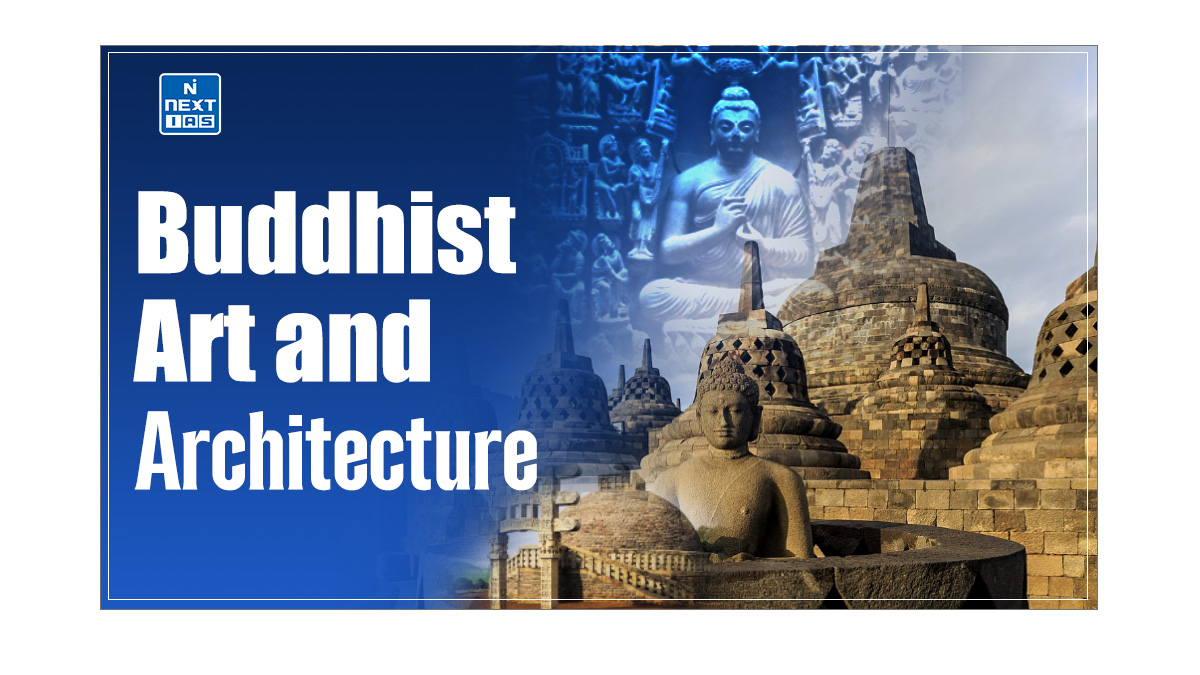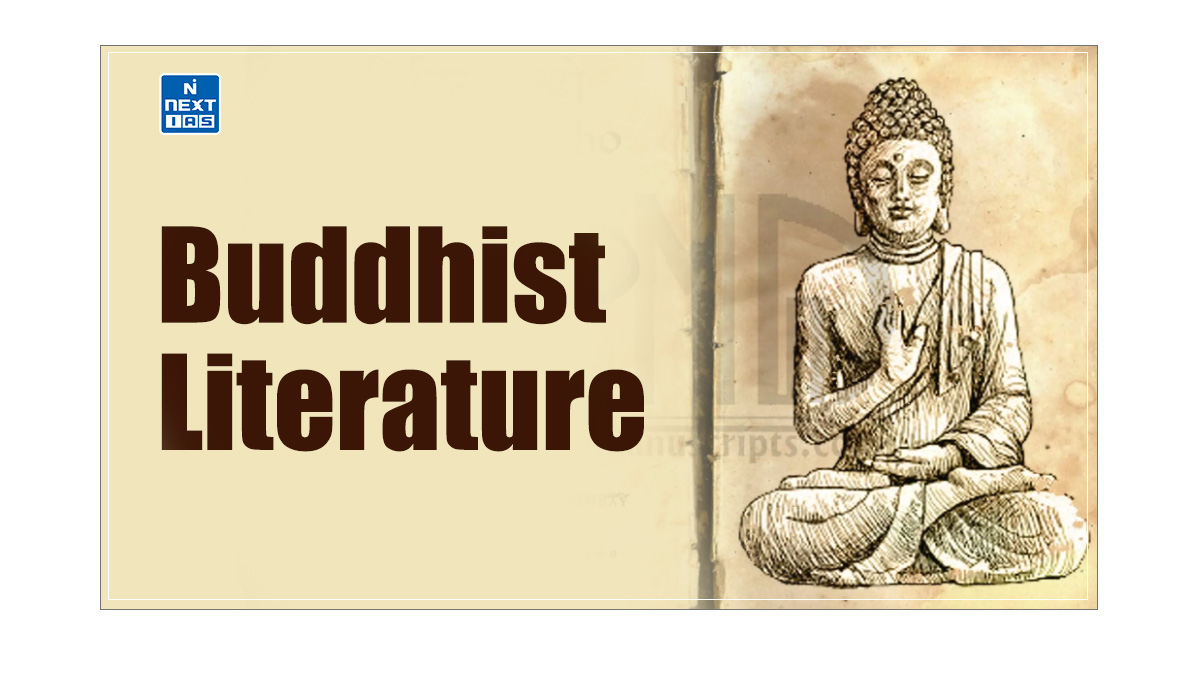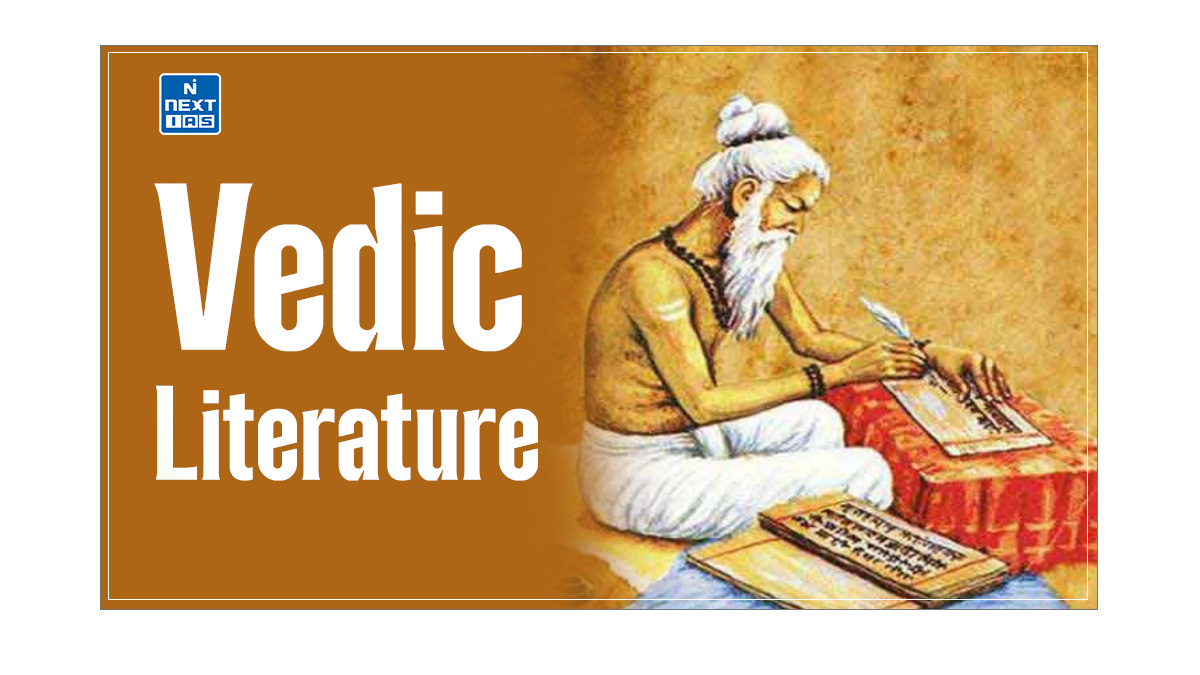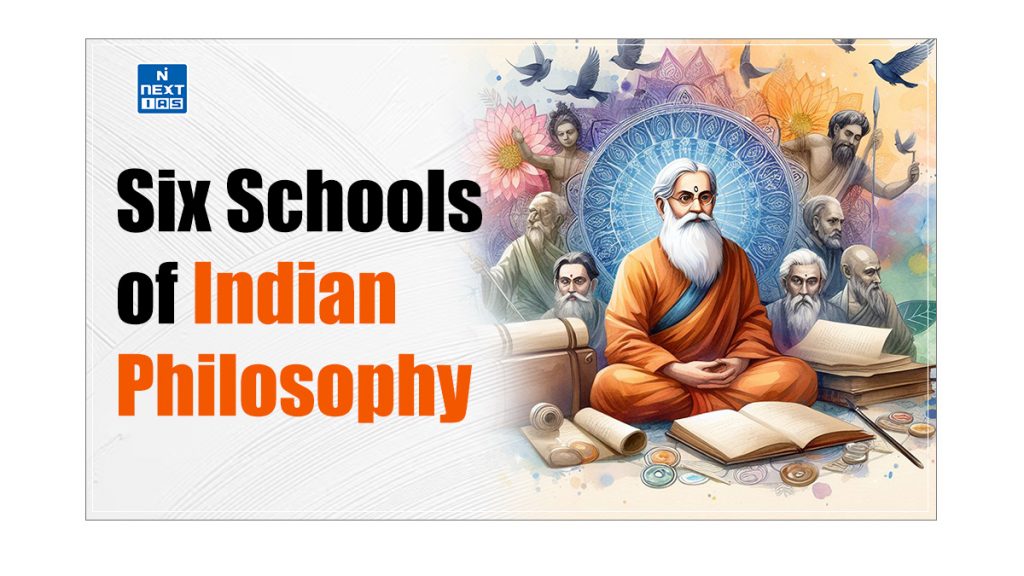
The Six Schools of Indian Philosophy or Vedic Philosophy encompasses a range of thought systems rooted in the ancient Indian scriptures. It seeks to understand the nature of reality, the self, and the ultimate purpose of life. Its significance lies in providing foundational frameworks for both spiritual and intellectual inquiry and influencing various aspects of Indian culture and thought. This article aims to study in detail the diverse schools of Vedic philosophy, their core principles, and other related aspects.
About Vedic Philosophy
- Vedic philosophy, rooted in the Vedas, forms the foundation of ancient Indian thought and spiritual practice.
- The Vedic Philosophy emphasises the concept of Rta, or cosmic order, which governs the universe and human conduct.
- The Vedic Philosophy explores profound ideas about the nature of the self (Atman), the ultimate reality (Brahman), and the interconnectedness of all existence.
- The Vedic Philosophy also underscores the importance of Dharma (righteousness) and Karma (the law of cause and effect) in guiding moral and ethical behaviour.
- Through hymns, rituals, and meditative practices, Vedic philosophy seeks to align individuals with the divine and achieve spiritual liberation (Moksha).
- Initially, the Vedas may seem to promote the Vedic philosophy of polytheism. However, this perception gradually fades as one progresses towards the Upanishadic period.
- The Upanishads subtly articulate Vedic philosophy, presenting ideas that can guide towards the realisation of the Ultimate Truth.
- Traditionally, Vedic philosophy was conveyed through six distinct schools of thought, each offering a unique perspective.
- Each of these Vedic philosophical perspectives, or Darshanas, is linked to a renowned sage who authored a Sutra (code) encapsulating the essence of his view.
- Vyasa’s Vedanta-sutra, a critical evaluation and interpretation of these six Vedic philosophies (along with other philosophies), represents a significant body of Vedic literature.
- This body of work is known as the Nyaya-Sastra, or “scripture of philosophical disputation,” within the context of Vedic philosophy.
Read our detailed article on Vedic Age and Vedic Literature.
Six Schools of Indian Philosophy
- The six schools of Indian Philosophy or the Vedic Philosophy or the Sad-Darshana (six philosophical views) are:
- Nyaya (logic),
- Vaisesika (atomic theory),
- Sankhya (analysis of matter and spirit),
- Yoga (the discipline of self-realisation),
- Karma-Mimamsa (science of furtive work) and
- Vedanta (science of God realisation).
All the above Vedic philosophies have been discussed in detail in the following section.
Nyaya Philosophy
- The sage Gautama established the Nyaya system of Vedic philosophy. As he was also known as Aksapada, this system is sometimes called the Aksapada system.
- Nyaya philosophy focuses on the criteria for valid knowledge and the methods for acquiring it.
- Nyaya philosophy is primarily grounded in reasoning and logic, earning the title Nyaya Vidya or Tarka Sastra, which translates to “the science of logic and reasoning.”
- Nyaya philosophy, which examines the nature, sources, and validity of knowledge, is also known as anviksiki, meaning “the science of critical study.”
- This Nyaya philosophy uses systematic reasoning to discriminate valid knowledge from invalid knowledge.
- According to the Nyaya philosophy, salvation can be attained through knowledge acquisition. The veracity of a proposition or statement can be tested through inference, hearing, and analogy.
Vaisesika Philosophy
- The Vaisesika philosophy was founded by the sage Kanada, also known as Uluka, and is sometimes referred to as aulukya.
- Kanada authored the first systematic text of this philosophy, the Vaisesika-sutra, which is organised into ten cantos, each divided into two sections.
- Prasastapada wrote a notable commentary on this sutra called Svartha Dharma Samgraha, often referred to simply as “bhasya” in Indian philosophical discussions.
- When the term bhasya is used without additional context, it generally denotes this particular commentary. Further interpretations of Prasastapada’s work include Udayana’s Kirana-vali and Sridhara’s Nyayakandali.
- A key aspect of the Vaisesika system is its introduction of a special category of reality known as uniqueness (visesa), which is why this system is called Vaisesika.
- This school emphasises the discussion of material elements or Dravya. It draws a line between particularities and their aggregate. When combined, earth, water, fire, air, and ether give rise to new objects.
- The Vaisheshika School propounded the Atom theory, which states that material objects are made up of atoms. Thus, the Vaisheshika School marked the beginning of physics in India.
- Gradually, the scientific view was diluted with belief in God and spiritualism, and this school put its faith in heaven and salvation.
Samkhya Philosophy
- Some consider Samkhya philosophy to be the oldest philosophical school. It was systematised by an ancient thinker named Kapila.
- The first work of nontheistic Samkhya, the Samkhya-sutra, is traditionally attributed to Kapila, but in its present form, it is different from his original work.
- So, the Karaka of Isvarakrishna is actually the earliest available Sankhya text. Among its more well-known commentaries are:
- Gaudapada’s bhasya,
- Vacaspati Misra’s Tattva-kaumudi,
- Vijnanabhiksu’s Sankhya-pravacanbhasya, and
- Mathara’s Matharavrtti.
- According to early Samkhya philosophy, which was rather rational and scientific, divine agency is not essential to the world’s creation.
- The world owes its creation and evolution more to nature or Prakriti than God.
- Around the 4th century AD, in addition to Prakriti, Purusha or spirit was introduced as an element in the system, and the world’s creation was attributed to both.
- According to this view nature and the spiritual element together created the world.
- According to this school, a person can attain salvation by acquiring real knowledge, and his misery can be ended forever. This knowledge can be acquired through perception (pratyaksha), inference (anumana) and hearing (shabda).
Yoga Philosophy
- Yoga is derived from the Sanskrit root yuj, which means “to unite.”
- The yoga system provides a methodology for linking individual consciousness with Supreme Consciousness.
- There are various schools of yoga, among which bhakti yoga, jnana, karma yoga, and kundalini yoga are especially well known.
- The yoga system is counted as one of the six systems of Vedic philosophy, and it is the Patanjali system.
- This school of yoga, also known as ashtanga-yoga (the yoga of eight parts), is closely allied to Sankhya philosophy.
- According to Yoga school, a person can attain salvation through meditation and physical application. The practice of control over pleasure, senses and bodily organs is central to this system.
- To obtain salvation, physical exercises in various postures, called asana, and breathing exercises, called pranayama, are prescribed.
- It is believed that through these methods, the mind gets diverted from worldly matters and achieves concentration.
Mimamsa Philosophy
- Mimamsa literally means the art of reasoning and interpretation. But reasoning was used to justify various Vedic rituals, and the attainment of salvation depended on their performance.
- According to Mimamsa, the Vedas contained the eternal truth. The principal object of this philosophy was to attain heaven and salvation.
- To attain salvation, Mimamsa strongly recommended performing Vedic sacrifices, which required the services of priests and legitimised the social distance between various varnas.
Vedanta Philosophy
- It refers to the philosophy pronounced in the Upanishads, the final parts of the Vedas. In a broad sense, Vedanta covers the fundamental philosophy enunciated by the Prasthantrayi—the Upanishads, the Brahma-Sutra, and the Bhagavad Gita.
- Vedanta means the end of the Veda. Its basic text was the Brahmasutra of Badarayana, compiled in the second century BC.
- According to Vedanta philosophy, Brahma is reality, and everything else is unreal (Maya).
- The self (soul) or Atma is identical to Brahma. Therefore, when a person realises knowledge of the self, he realises the knowledge of Brahma and thus attains salvation. Both Brahma and Atma are eternal and indestructible.
Three Schools of Vedanta Philosophy
- Shankaracharya, Ramanujacharya, and Madhavacharya wrote commentaries on the Brahma Sutra, which led to the rise of three schools of Vedanta:
- Shankaracharya’s Advaita Vedanta,
- Ramanujacharya’s Vishishtadvaita Vedanta and
- Madhavacharya’s Dvaita Vedanta.
All three have been discussed in detail in the following section.
Advaita Vedanta
- Advaita Vedanta means non-dualism. This system contends that the Brahman and the atman (individual soul) are not different entities.
- Brahman is the Ultimate, Supreme Reality. Brahman is beyond names and forms. Brahman cannot be described in words.
- Brahman is Sat-Chit-Ananda. Brahman and Atman are not different realities. They are identical. They are the eternal, all-pervading realities underlying all existence.
Vishishtadvaita Vedanta
- Vishishtadvaita Vedanta, or “qualified non-dualism,” emphasises that only God exists.
- According to Ramanujacharya, Brahman is God and possesses a defined form, with the Cosmos and individual souls (Jivas) constituting His body.
- The soul is liberated when the Jiva (soul) realises he is part of Paramatman (God).
- With self-realisation and liberation, the soul enjoys infinite consciousness and eternal bliss of God.
Dvaita Vedanta
- Dvaita means dualism. This system believes that the Brahman and the Jiva are two different entities.
- This system believes that God, the soul, and the Universe are three separate realities. God governs the world, and the soul, in its ignorance, remains attached to the physical world.
- By developing faith and devotion in God, he can seek God’s mercy, and then the soul may migrate to the Heaven above. Such a Jiva may attain Mukti.
- Thus, he may liberate himself from the cycle of life and death and live with God forever in Heaven.
Lokayata Philosophy
- Charvaka was the main exponent of materialistic philosophy. Lokayata means ideas derived from common people.
- Charvaka’s philosophy emphasised a close engagement with the tangible world while rejecting the belief in an external, supernatural realm.
- He opposed the pursuit of spiritual salvation, denying the existence of any divine or supernatural forces and affirming only what could be perceived through the senses.
- Charvaka criticized the Brahmanas for creating rituals to gain material benefits, highlighting his contribution as a staunch materialist.
Vedic Religion and Philosophy
- Vedic religion and philosophy are foundational aspects of ancient Indian culture, centred around the teachings of the Vedas.
- The Vedic religion involved rituals, sacrifices (yajnas), and hymns to various deities representing natural forces, such as Indra, Agni, and Varuna.
- The philosophy embedded in the Vedas emphasises the concept of Rta, the cosmic order, and explores the relationship between the individual soul (Atman) and the universal reality (Brahman).
- Vedic thought also introduces the principles of Dharma (righteous duty) and Karma (the law of action and its consequences), guiding moral and spiritual life.
- Over time, these ideas evolved into the core tenets of Hinduism, influencing later philosophical schools and practices.
Conclusion
Vedic philosophy, with its diverse schools of thought, offers a rich exploration of reality and spirituality. From Nyaya’s logic to Vedanta’s metaphysics, each Vedic philosophy presents unique paths for understanding and transcending the material world. This evolution highlights a persistent quest for truth and salvation, blending empirical reasoning with spiritual insight. Whether through the analytical Vaisesika, the disciplined Yoga, or the materialist Lokayata, Vedic philosophy remains a profound guide to exploring the nature of existence and life’s ultimate goals, continuing to influence and inspire modern thought.
Frequently Asked Questions (FAQs)
What is Vedic philosophy?
Vedic philosophy is the ancient Indian thought system derived from the Vedas. It focuses on concepts like Rta (cosmic order), Atman (individual soul), and Brahman (universal reality).
Who is the founder of Vedanta philosophy?
Badrayana (also known as Vyasa) is the founder of Vedanta philosophy, a type of Vedic Philosophy.
Who is the founder of Nyaya philosophy?
Gautama, also known as Akshapada, is the founder of Nyaya philosophy, a type of Vedic Philosophy.


